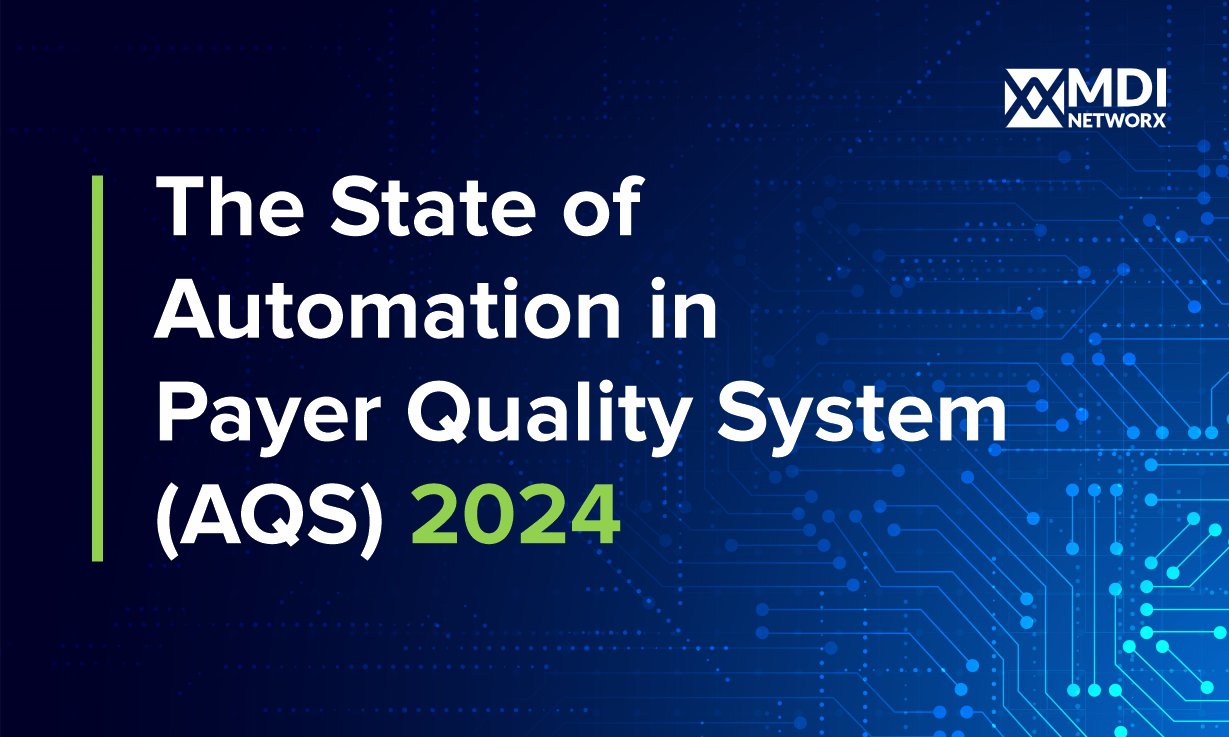Most payer organizations believe they’ve solved the intake problem. Scanners are deployed, forms are submitted through portals, and digital workflows route documents into recognizable queues. On the surface, it appears automated. In practice, it’s anything but. The reality is that most health plans operate with an intake layer that is digital but fragmented at its core.
Enrollment season has a way of exposing these cracks. The volume alone creates operational stress, but the fragmentation causes real damage. Intake across multiple channels, paper, fax, email, and member portals, flows into disconnected processes. Document classification varies by source. Metadata is often incomplete. Routing relies on brittle rules or manual triage. These gaps are not always visible, but their impact is measurable.
A misrouted enrollment form might delay a member's ID card by 48 hours. A partially captured PCP selection might trigger a downstream correction days after onboarding. When intake fails silently, rework grows in the background. That rework absorbs staff time, strains QA functions, and quietly erodes operational margin. Plans compensate by adding a headcount or overtime during Q4. But these are surface-level fixes applied to deep structural inefficiency.
The issue is not a lack of technology. Most systems in place perform exactly as configured. The real problem is how they are connected, or more accurately, how they are not. Intake remains dispersed, with each inbound channel feeding its logic and exceptions into the system. No single intake spine captures, classifies, and routes documents with consistency and control.
Audit preparation makes this clear. When compliance teams try to trace documentation back to intake points, they often encounter mismatches in timestamps, inconsistent indexing, or missing handling history. Even in environments with electronic submissions, the intake experience lacks end-to-end visibility. The audit trail is fractured. This becomes particularly high-risk when dealing with enrollment changes, appeals, or complaints that require full documentation context.
To move forward, intake must evolve from a back-office support function into an orchestrated layer of operational intelligence. That means investing in real-time classification, exception handling, and document lifecycle traceability. A growing number of organizations are doing just that through approaches like digital mailroom automation. These systems go beyond scanning and routing. They leverage optical character recognition, metadata validation, and configurable workflows to create a unified intake structure.
In organizations that have adopted this model, upstream QA becomes the new norm. Documents are validated at the point of entry. Classification is automated based on context and content, not just form type. Workload distribution becomes dynamic, shifting based on queue congestion or SLA risk. This creates an intake layer that is not only faster but inherently more accurate.
The operational gains are significant. Fewer manual touches, shorter onboarding timelines, and higher claims accuracy due to cleaner member data. These benefits do not come from replacing people but from removing the need for them to intervene in preventable issues. Rather than adding temporary staff during enrollment, these plans reallocate their existing teams toward complex case handling and member support.
Some organizations have begun applying intake modernization strategies similar to those described in this blog, particularly within claims documentation and intake coordination.
Intake fragmentation is no longer just an operational inefficiency. It’s a performance risk. It reduces visibility, increases rework, and limits the ability to respond to spikes in demand without breaking SLA commitments. What once passed as acceptable delay is now a competitive disadvantage, especially as member expectations for accuracy and speed increase year over year.
Reaching intake maturity doesn’t mean replacing every existing system. It means designing a coordinated approach to document ingestion, routing, and verification. With intelligent intake as the entry point, payer organizations can regain control over workflows that were once dependent on luck, labor, or manual oversight. That control has a downstream impact on nearly every measurable outcome in payer operations, from claims throughput to audit readiness.
In today’s high-volume, high-stakes environment, fragmented intake is not just a flaw, it’s a barrier to scalable, compliant operations. Modernizing intake isn’t about doing more; it’s about doing better, starting with the very first document that enters the system.
Explore how payer organizations use intelligent intake to improve accuracy and streamline operations.





